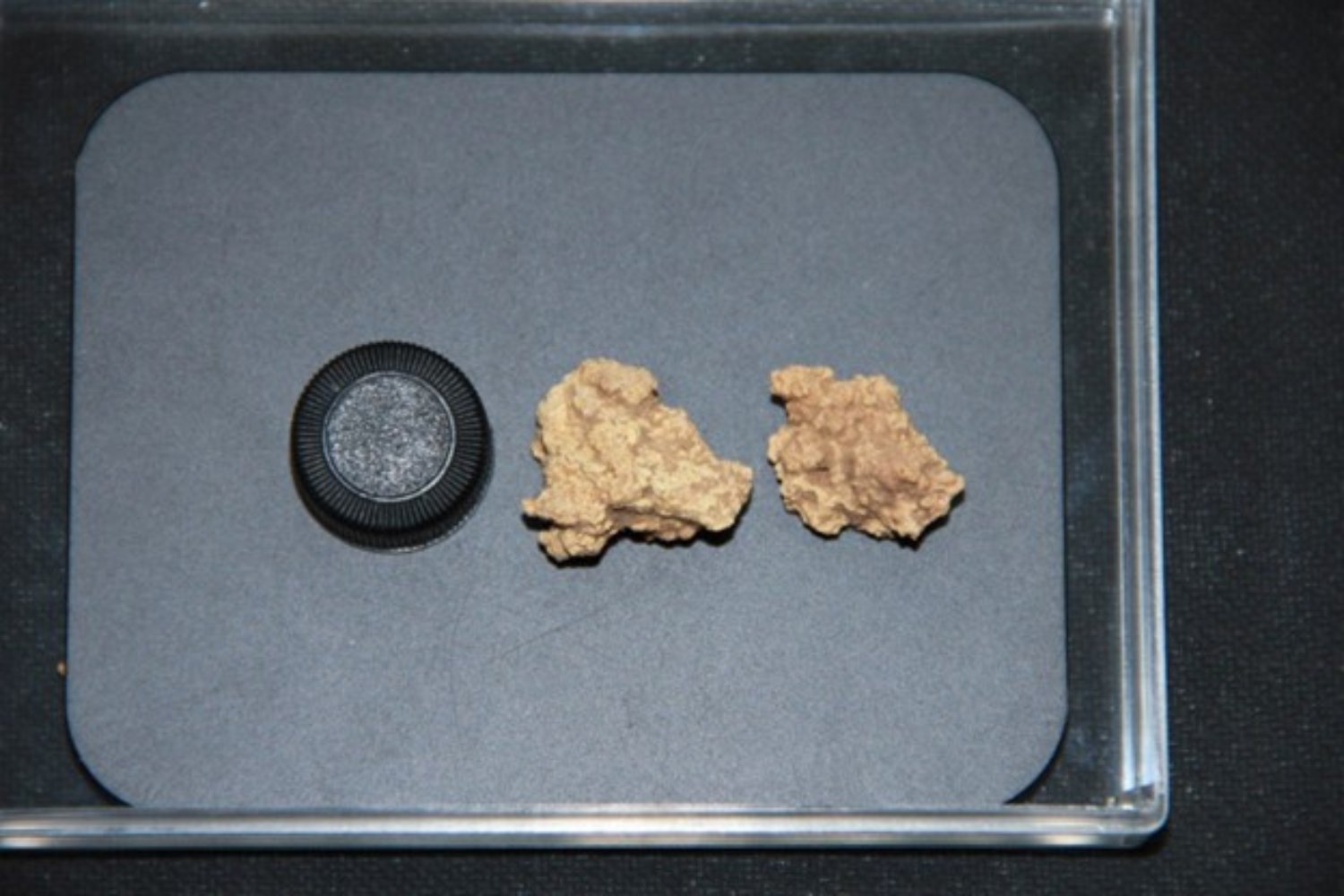Prior to her death at the tender age of 115, Hendrikje van Andel-Schipper was the world’s oldest woman. Recently, scientists had the opportunity to study her blood — and what they discovered could have serious implications to the future of rejuvenation therapies.
Supercentenarians are a rare breed — people who have reached the age of 110 and remain physically and psychologically fit. Studies have consistently shown that lifestyle factors have little to do with their remarkable longevity; something’s clearly going on at the genetic level.
At the same time, biogerontologists also know that there’s a link between blood and the aging process. A fascinating 2012 study showed that it’s possible to reverse cognitive decline in elderly mice by injecting them with blood from the young (do not try this at home, folks). The researchers concluded that cognitive decline happens as we get older as a function of our decreased production of neural stem cells.
Which brings us to the new study.
Stem Cell Fatigue
The analysis of van Andel-Schipper‘s supercentenarian blood suggests that our lifespan may be limited by the capacity of our stem cells to keep replenishing tissues over time. There is a limit to the number of stem cell divisions, say the researchers from the VU University Medical Center in Amsterdam, which therefore suggests a limit to human life.
As our stem cells gradually die out, our bodies lose the ability to regenerate vital tissues and cells — including blood.
At the time of van Andel-Schipper’s death (she died 2005 and donated her body to science), two-thirds of the white blood cells found in her body originated from just two stem cells. This means most (if not all) of the blood stem cells she started with were already gone.
The researchers also found evidence linking stem cell fatigue to white blood cells with drastically worn-down telomeres — hardly a surprise. Our cells can only replicate so many times before they start to degrade, the result of increasingly shortening telomere lengths in chromosomes — strands of DNA that are stored in the nucleus of cells.
Andy Coghlan from New Scientist tells us more about the new study:
“It’s estimated that we’re born with around 20,000 blood stem cells, and at any one time, around 1000 are simultaneously active to replenish blood,” says [Henne] Holstege. During life, the number of active stem cells shrinks, she says, and their telomeres shorten to the point at which they die – a point called stem-cell exhaustion.
Holstege says the other remarkable finding was that the mutations within the blood cells were harmless – all resulted from mistaken replication of DNA during van Andel-Schipper’s life as the “mother” blood stem cells multiplied to provide clones from which blood was repeatedly replenished.
She says this is the first time patterns of lifetime “somatic” mutations have been studied in such an old and such a healthy person. The absence of mutations posing dangers of disease and cancer suggest that van Andel-Schipper had a superior system for repairing or aborting cells with dangerous mutations.
This is all quite exciting because it hints at a very plausible rejuvenation therapy. Conceivably, we could re-inject ourselves with stem cells saved from birth or early life — stem cells free from mutations and with full-length telomeres. Now, this wouldn’t halt the aging process, but it could have a dramatic impact on our health and the rate at which we age. Hmmm, this recent breakthrough suddenly seems all that more pertinent.
More conceptually, we could genetically engineer the system that supercentenarians use to abort the dangerous mutated cells. But that’s quite a ways off.
Check out the rest of Coghlan’s article at New Scientist. And read the entire study at Genome Research: “Somatic mutations found in the healthy blood compartment of a 115-yr-old woman demonstrate oligoclonal hematopoiesis.”













